Art Basel was founded in the 1970s by true art connoisseurs: dealer Ernst and his wife Hildy Beyeler, gallerist Trudl Bruckner, and collector Balz Hilt.

First edition in 1970 in Basel, Switzerland. Image courtesy of: CASACOR
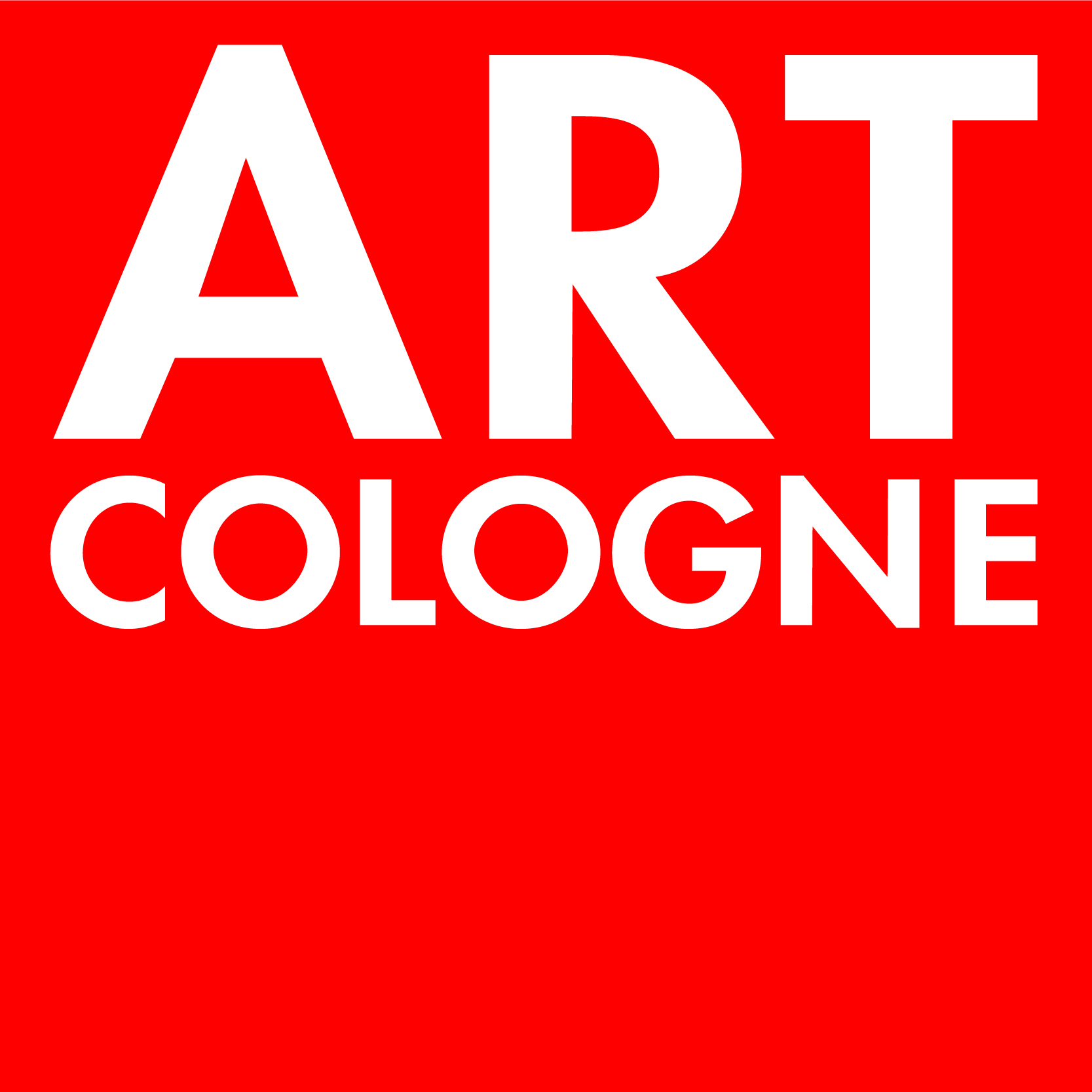
Art Cologne

Kunstmarkt Köln, 1967

Der Spiegel

Rudolf and Ursula Zwirner with Francis Picabia’s La nuit espagnole (1922). Image courtesy of: Rheinisches Bildarchiv Köln.
The progressive dynamics of market development and a thriving new buyer class in a post-war consumerist society contributed to the innovative design behind their community. In 1973, the new venue held its first special exhibition – American Art after Jackson Pollock, followed by a series of “one-country” exhibitions, with the participation of artists from Switzerland, Germany, Italy, France, Austria, Holland, Belgium, Great Britain, Spain and Israel. In 1989, the Art Basel team made strides as the world celebrated the 150th anniversary of 1st photographic image. Focusing on this topic, the founders spoke to the promotion of photography, presenting the works of 16 galleries from the Association of International Dealers of Photography, covering the entire history of the rising medium. After five subsequent thematic Art exhibitions, Art Basel became one of the leading venues for photo art promotion. With the help of Lorenzo Rudolf, the director of Art Basel 1991-2000, the art fair distinguished itself from other competitive venues, enlisting the support of the largest Swiss financial holding company UBS Group AG in 1994; later initiating the Art Video Forum in 1995. By 1999, thanks to the approach of forward-looking visionaries, Art Basel acquired a new Art Film sector at the cinema house Stadtkino Basel, where art related films and its producers are presented, taking a step into a new direction.
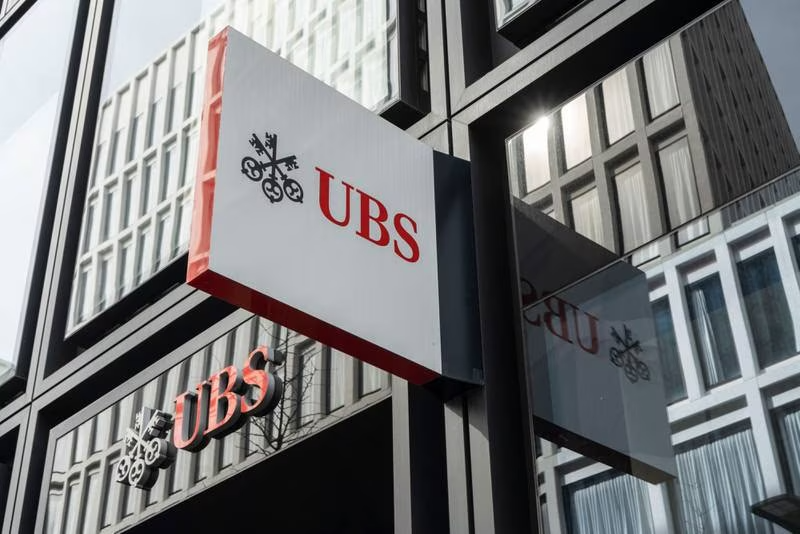
UBS Group AG

Art Basel, 1973 Image courtesy of: Art Basel archive

Art Basel celebrate the 150th anniversary of photography, 1989 Image courtesy of: Art Basel archive

The Art Film sector, debuts at the Stadtkino Basel, 1995 Image courtesy of: Art Basel archive

Press conference, with Rosina Gómez-Baeza, Arco, Madrid; Thomas Blackman, Art Chicago, Chicago; Lorenzo Rudolf, Art Basel, Basel; Marwan Hoss, FIAC, Paris; G. F. Reinz, Art Cologne, Cologne, 1996 Image courtesy of: Art Basel archive

Pipilotti Rist and Enrique Fontanilles are the first recipients of the video art prize endowed by the main sponsor, the Swiss Bank Corporation – which later merged with the Union Bank of Switzerland to become UBS, 1994 Image courtesy of: Art Basel archive
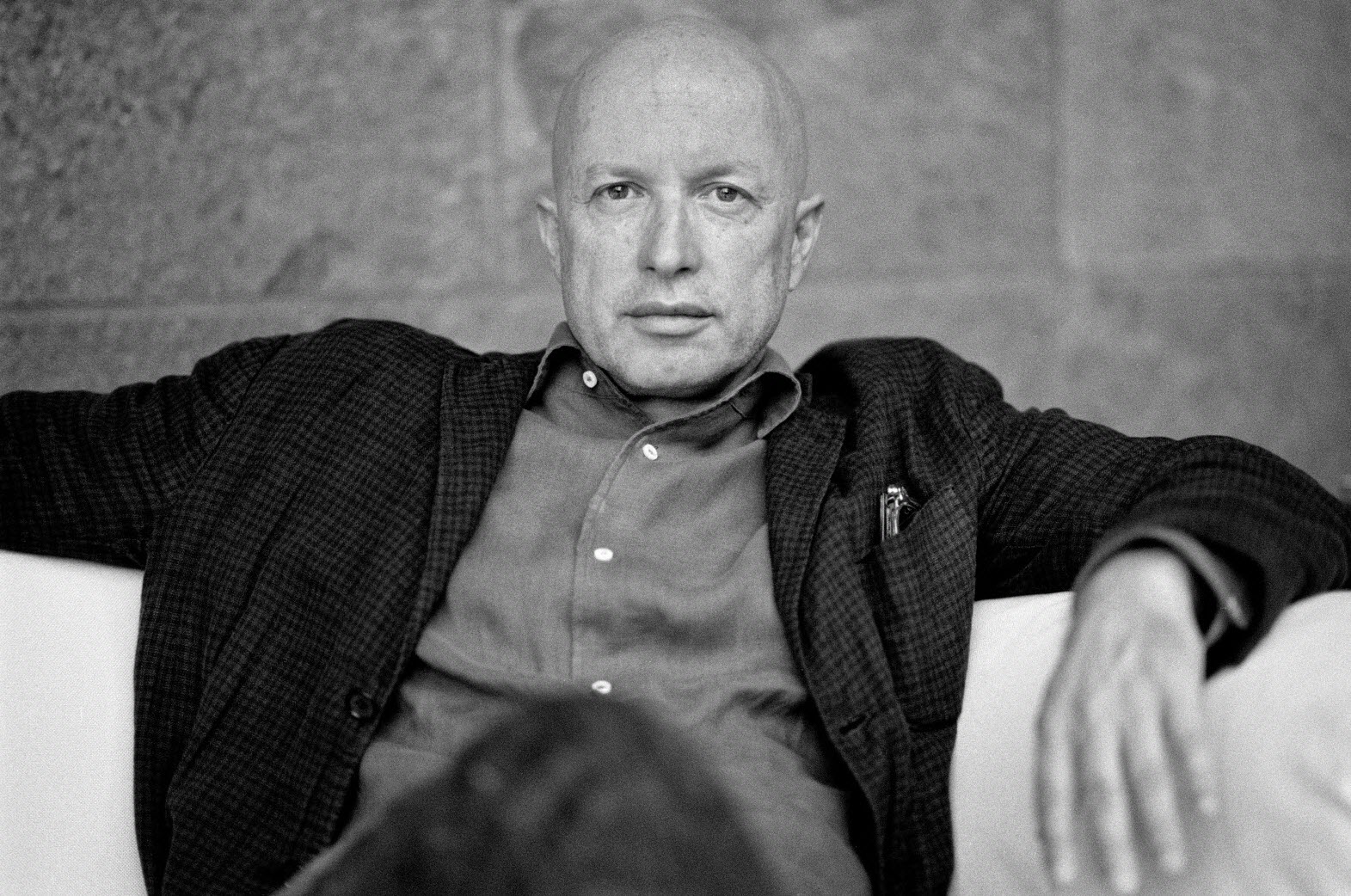
Sam Keller

Sam-Keller Image courtesy of: The Peak Singapore

Art Basel Conversations 2018 Image courtesy of: Tweaklab

Art Basel Unlimited, 2018 Image courtesy of: VernissageTV
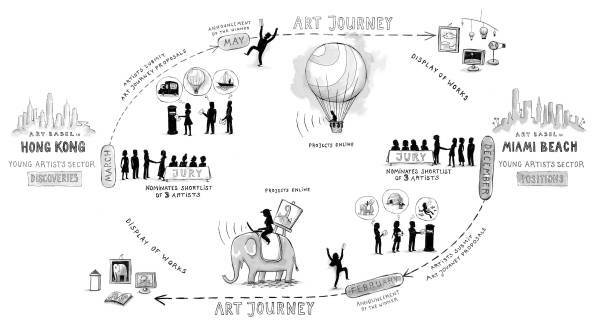
BMW Art Journey

Diagram illustrating one cycle of the BMW Art Journey, 2015 Image courtesy of: BMW GROUP Corporate Communications

Signal Path II Sinister Resonance by Samson Young, BMW Art Journey, 2015 Image courtesy of: BMW GROUP Corporate Communications
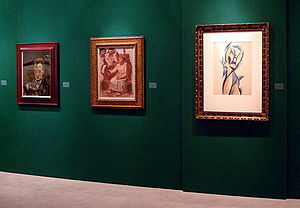
European Fine Art Foundation Fair
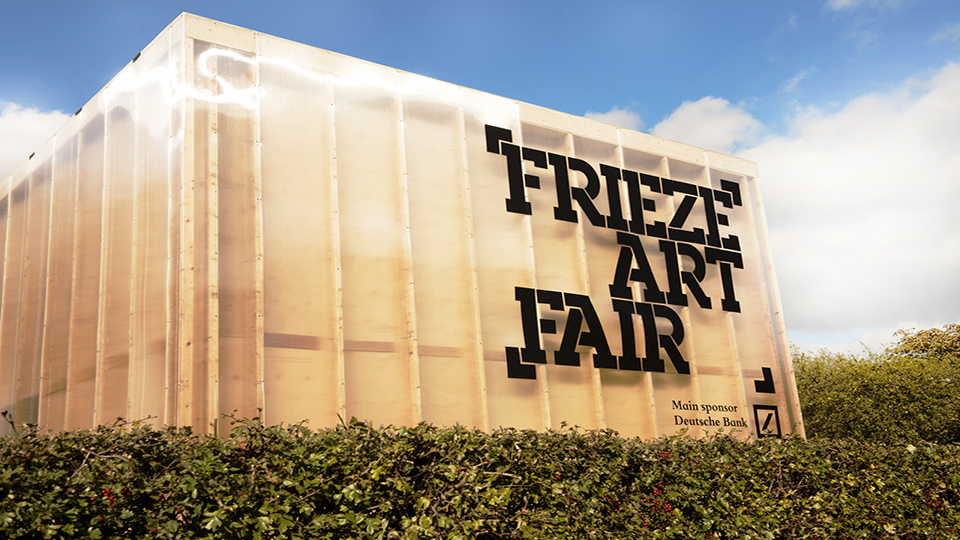
Frieze Art Fair
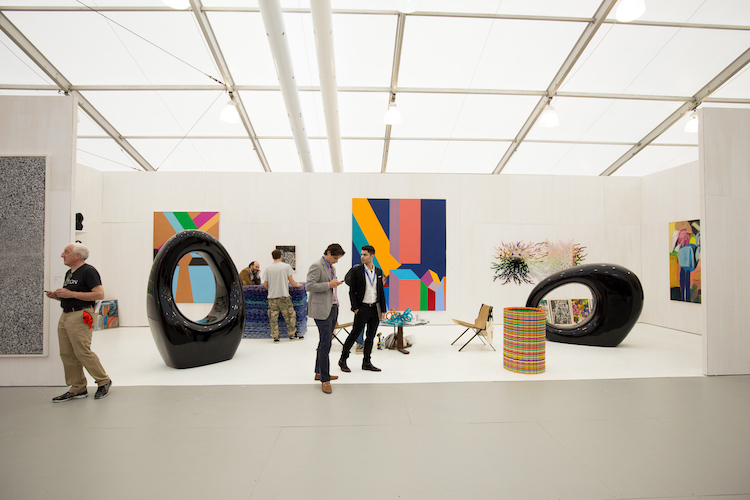
Art Basel
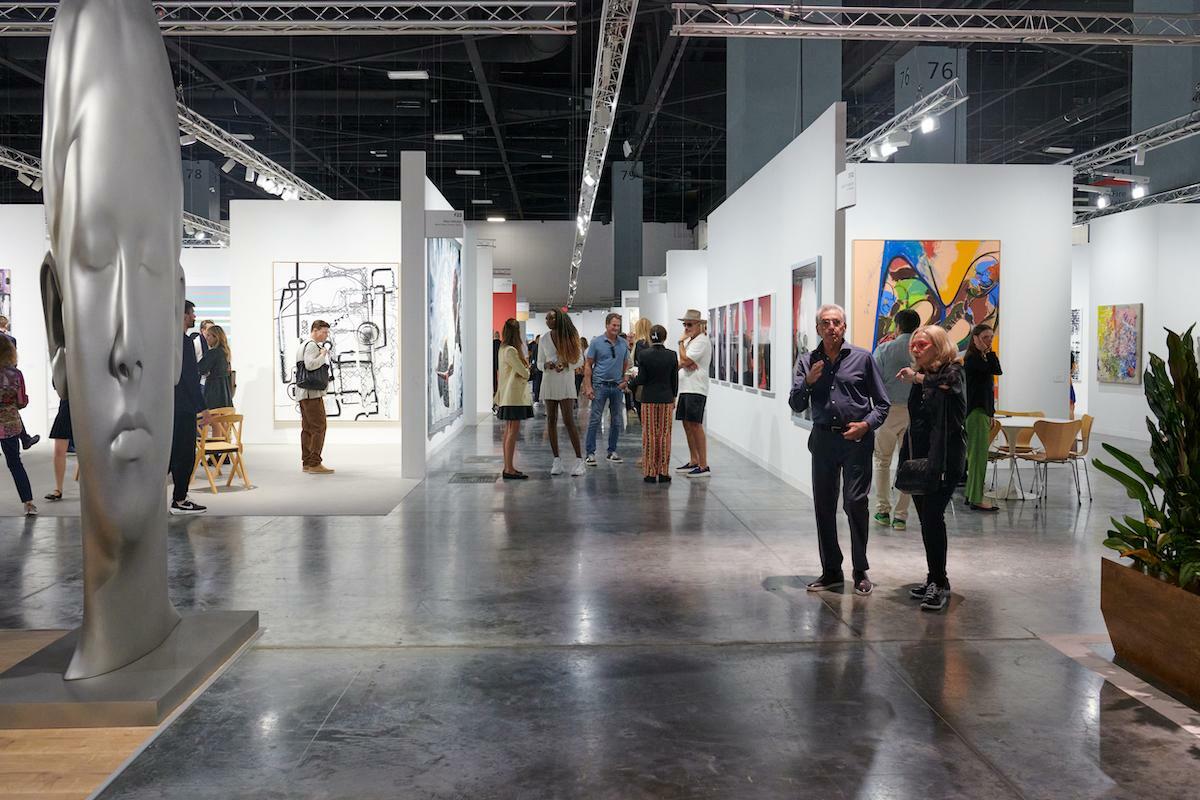
Art Basel Miami Beach
Art Basel Miami is a set of clusters united by a single motif. On 5-8 December 2019, 269 leading international galleries representing 4,000 artists at the acclaimed Miami Beach Convention Center were distinguished between seven sectors: Edition, Galleries, Kabinett, Meridians, Nova, Positions, and Survey.

Art Basel Miami Beach, Convention Center Image courtesy of: Art Basel
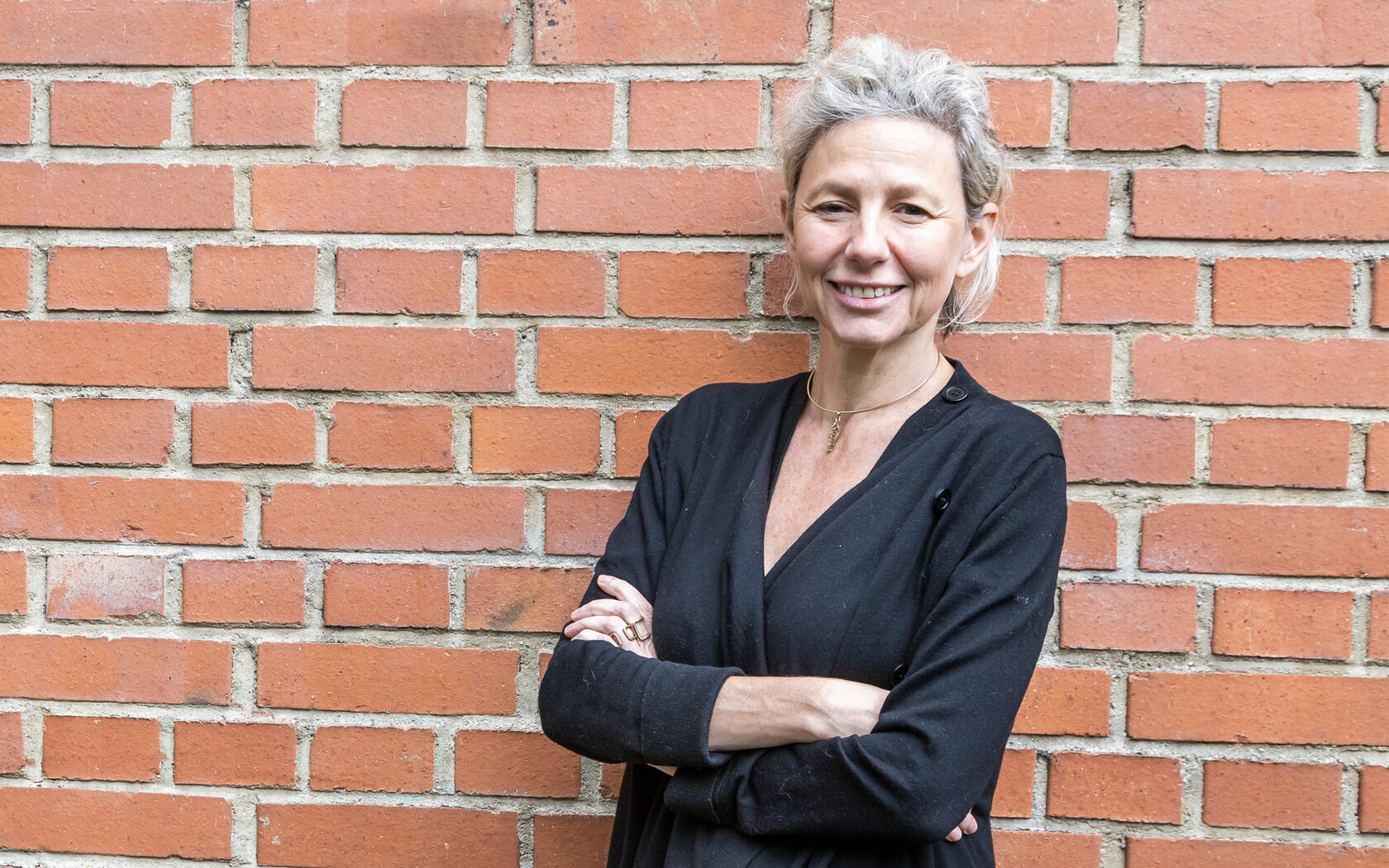
Magali Arriola
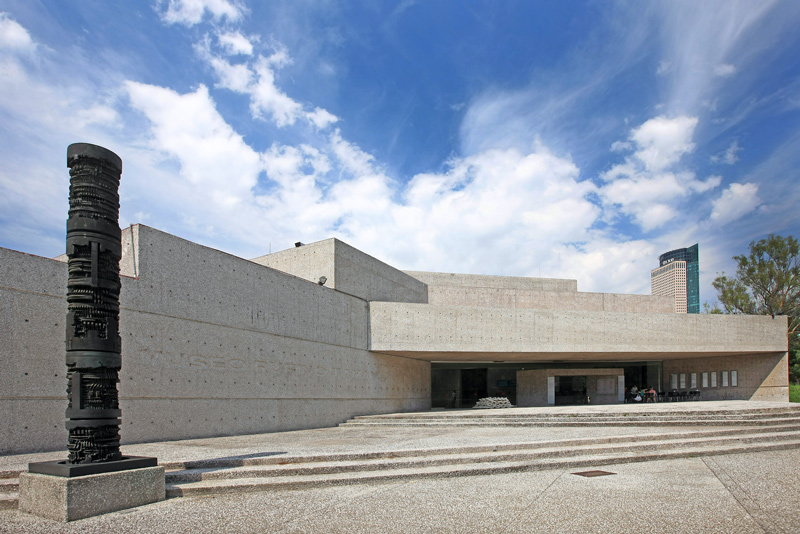
Museo Tamayo
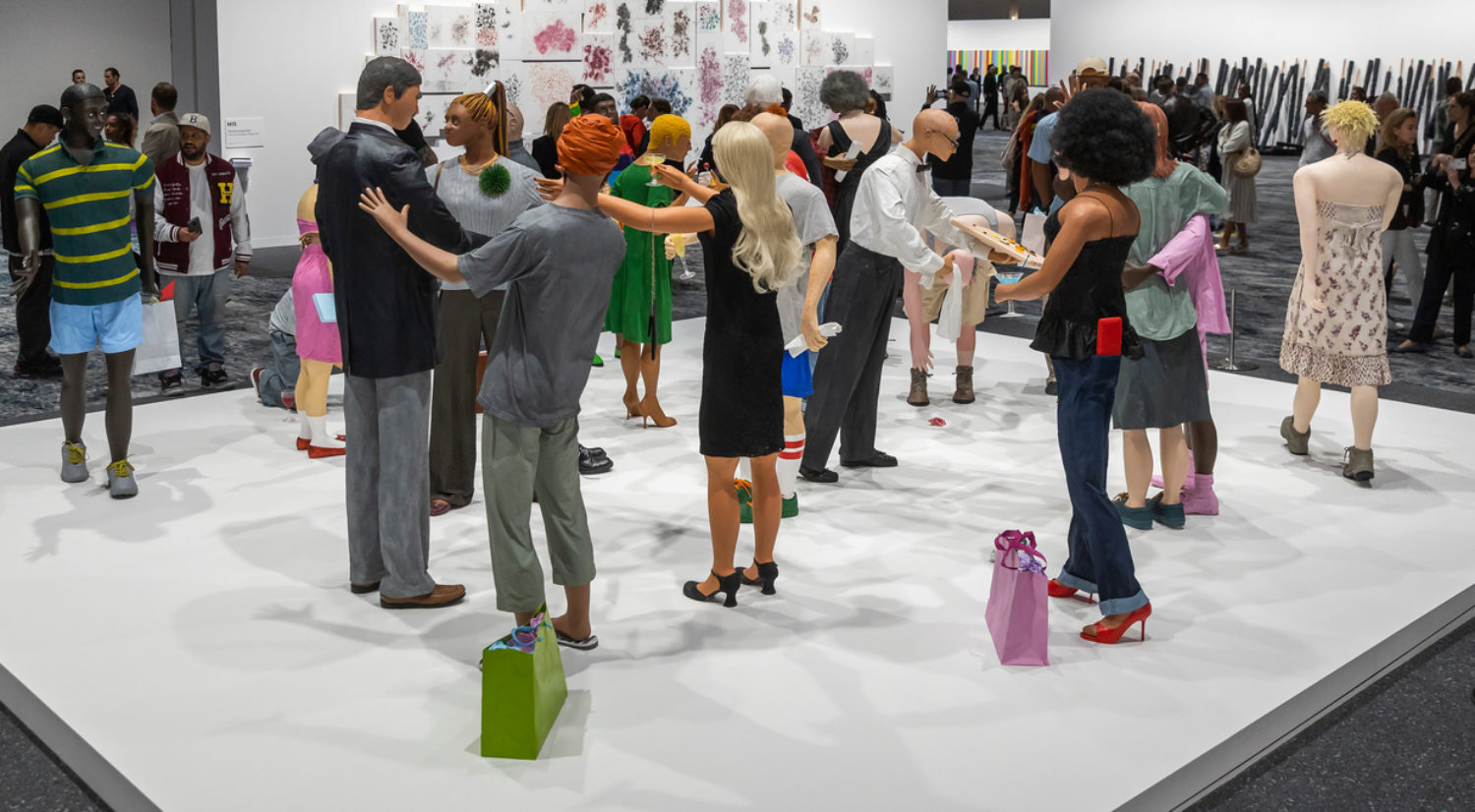
Stephen Friedman Gallery and Luhring Augustine
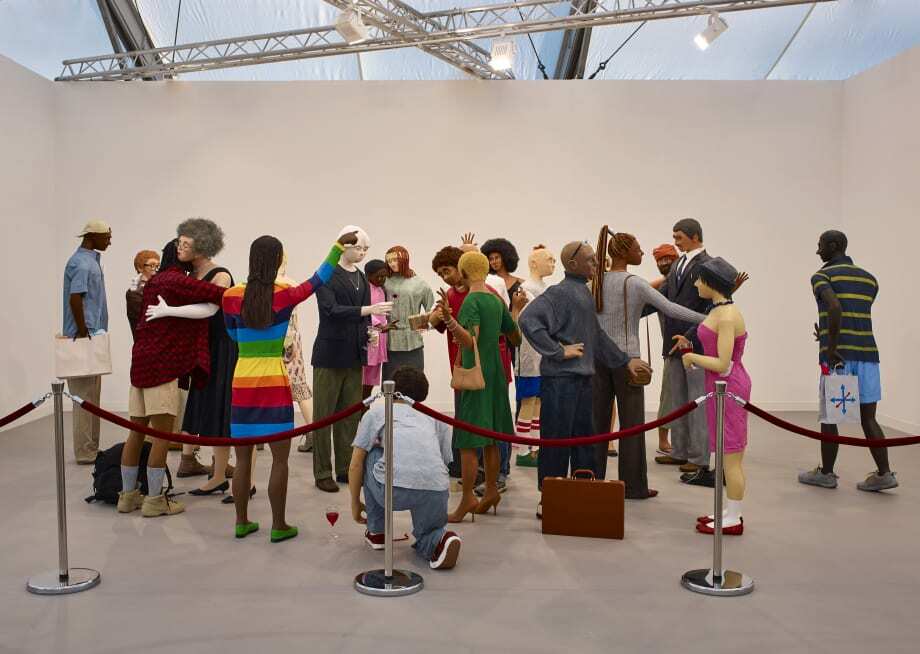
Cocktail Party

Magali Arriola Image courtesy of: Art Basel

Stephen Friedman Gallery and Luhring Augustine, Tom Friedman Cocktail Party, 2015 Image courtesy of: Stephen Friedman Gallery and Luhring Augustine
The thought-provoking work of Friedman combines the directions of installation, painting, and performance art all at once. The piece, crafted with techniques like mixed media, uses different materials such as clay and hand-cut styrofoam, providing each figure with individuality. Also implemented was yarn and pillow filler imitating the hair of the participants of the displayed "party"; the vintage clothes purchased by the author are from thrift stores.
Under the auspices of Art Basel Miami, there is a wide range of methods to exploring art throughout a variety of venues of the contemporary art fair’s territory, helping artists to competently operate with ideas to create art objects for the benefit of changing the world and transforming society. It is worth noting the works of 2019 are aimed at understanding the inner world of a person, reducing the degree of misunderstanding, rethinking the established dogmas of modernity.
For example, the artist Marcus Brutus, an autodidact whose works presented by the East Hampton Gallery - Harper's Gallery in the Untitled Art Miami Beach pavilion, explored the topic of institutional racism, combining both past and present events among the black population.
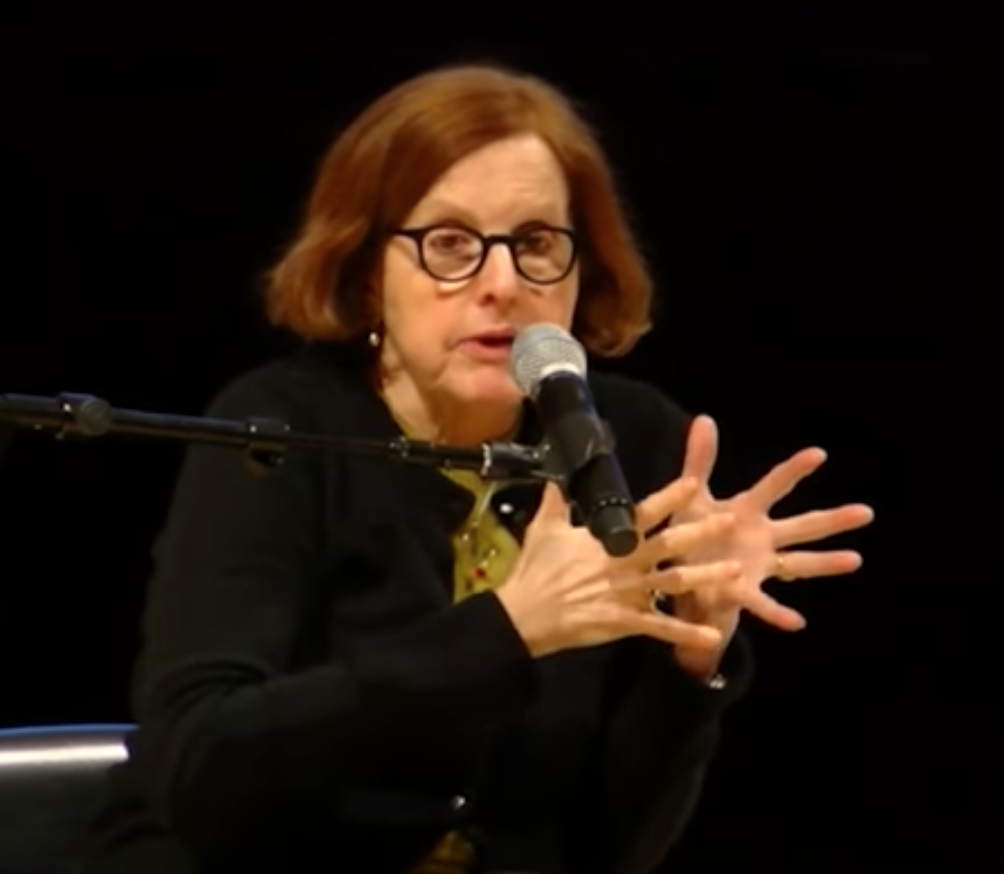
Roberta Smith
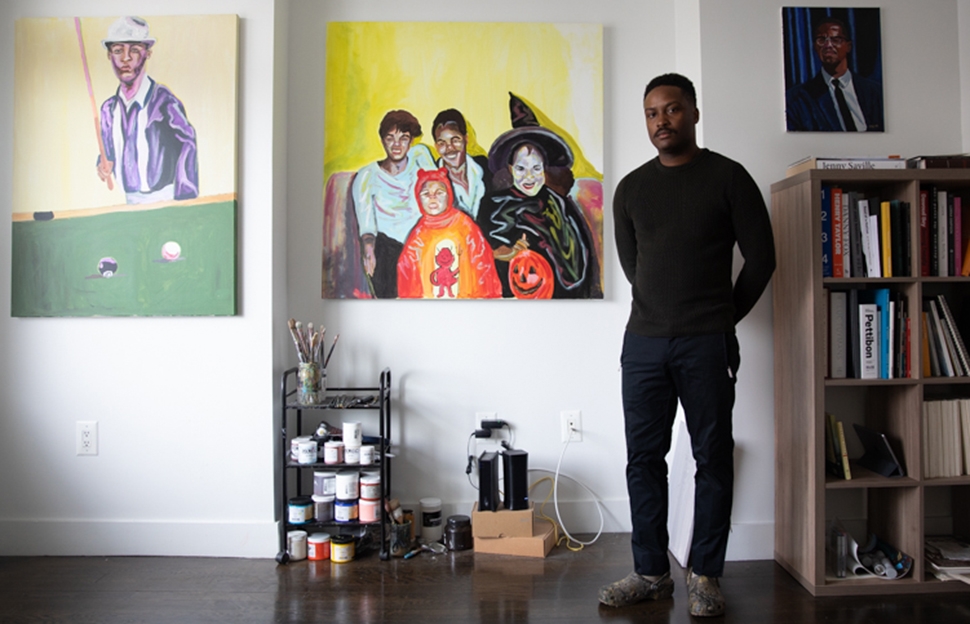
Marcus Brutus
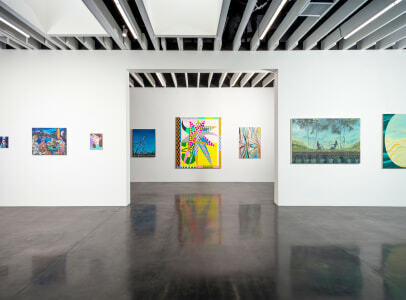
Harper's Gallery
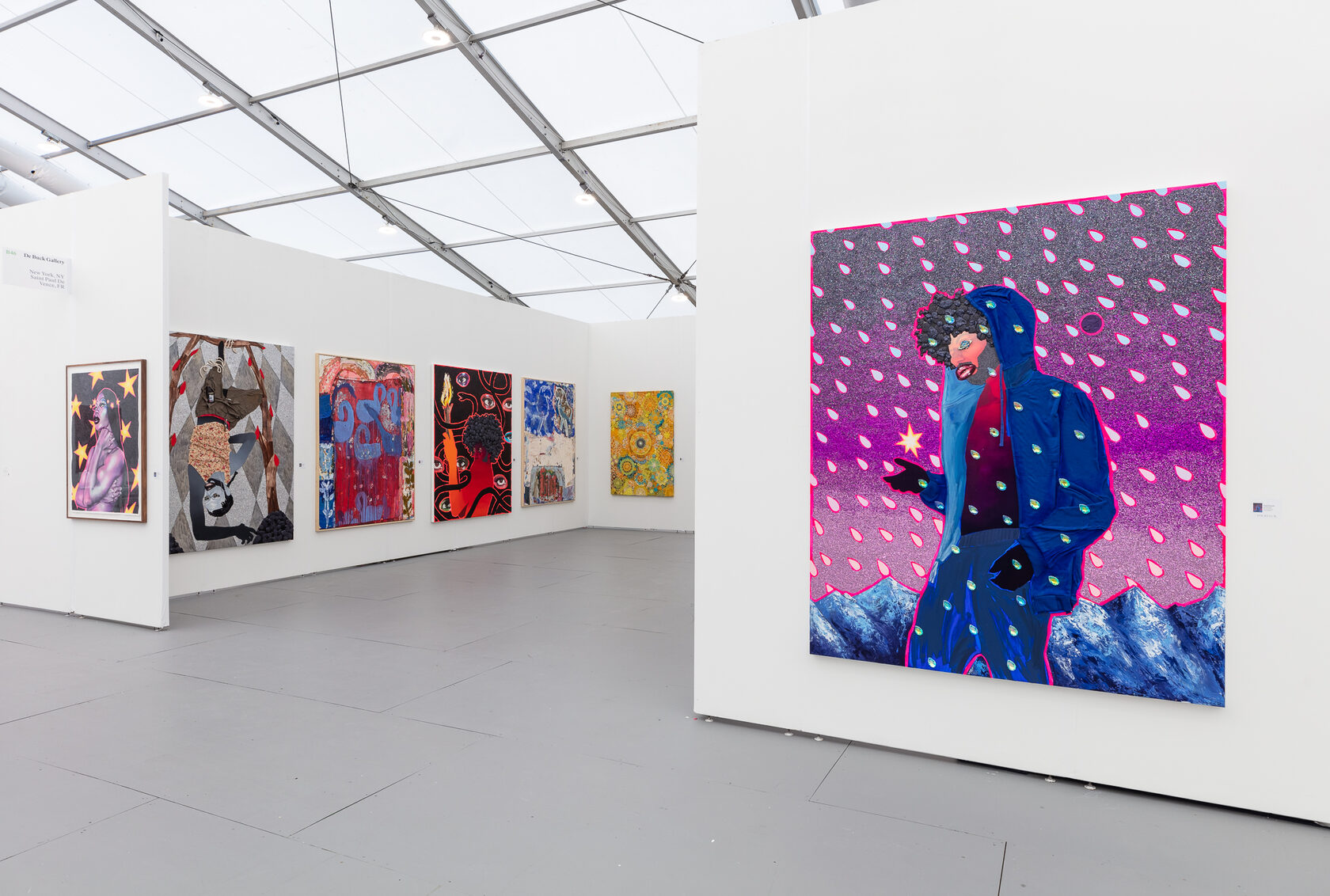
Untitled Art Miami Beach

East Hampton Gallery - Harper's Gallery, Marcus Brutus, Untitled Art Miami Beach pavilion, 2019 Image courtesy of: mjbrutus.com

East Hampton Gallery - Harper's Gallery, Marcus Brutus, Say You, Say Me, 2019. Image courtesy of: mjbrutus.com
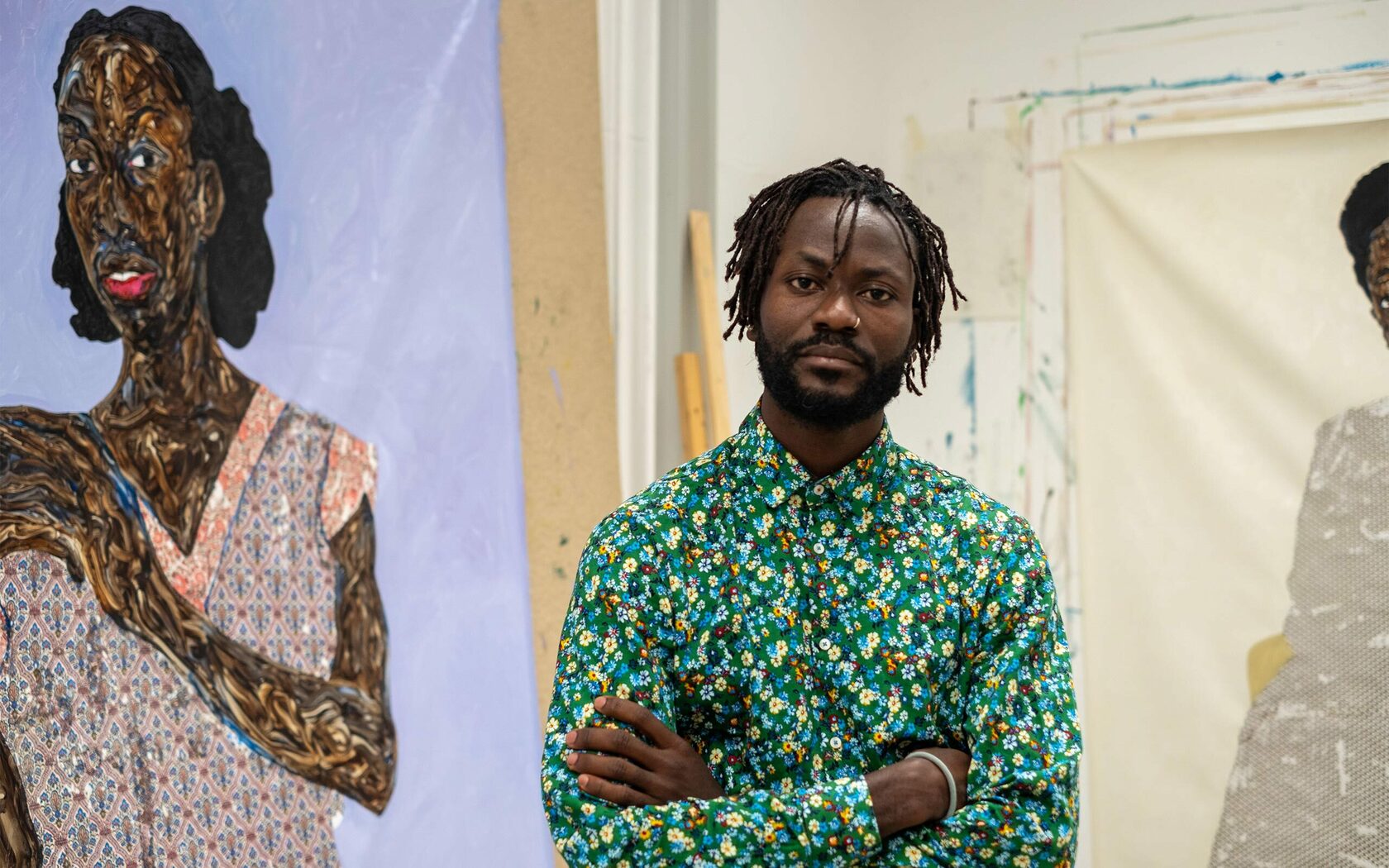
Amoako Boafo
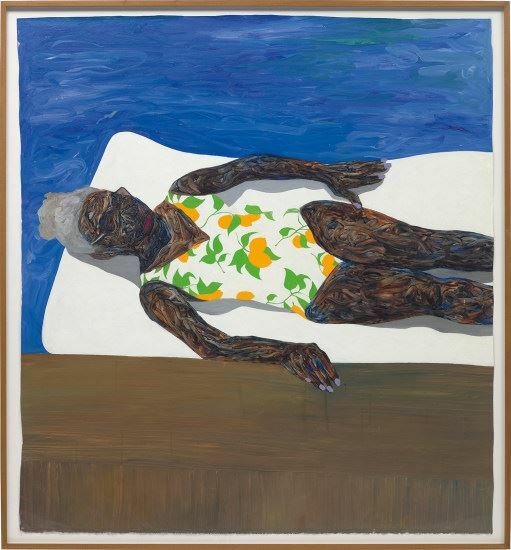
The Lemon Bathing Suit

Mariane Ibrahim Gallery, Amoako Boafo, Art Basel Miami Beach 2019 Image courtesy of: Mariane Ibrahim Gallery

Amoako Boafo, The Lemon Bathing Suit, 2019 Image courtesy of: Phillips
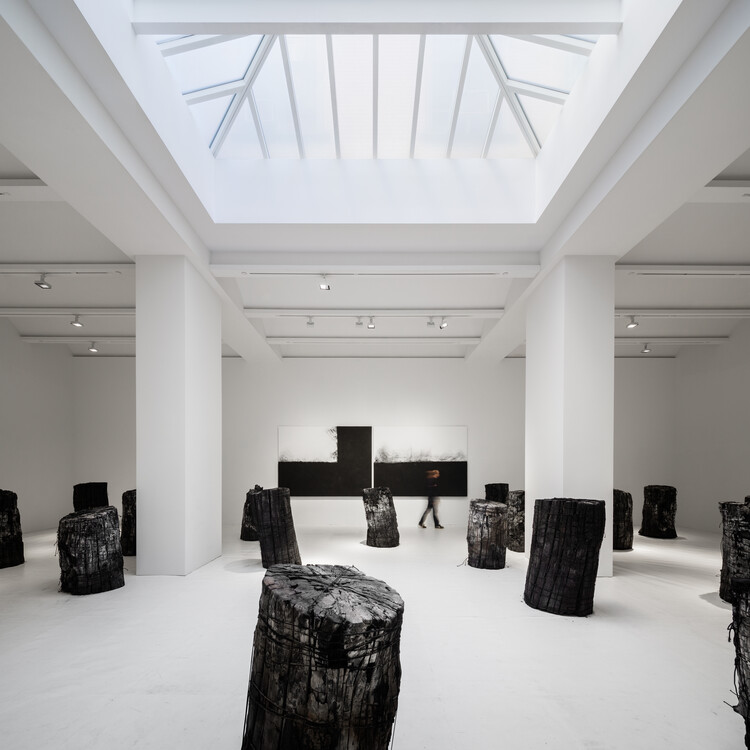
Perrotin Gallery
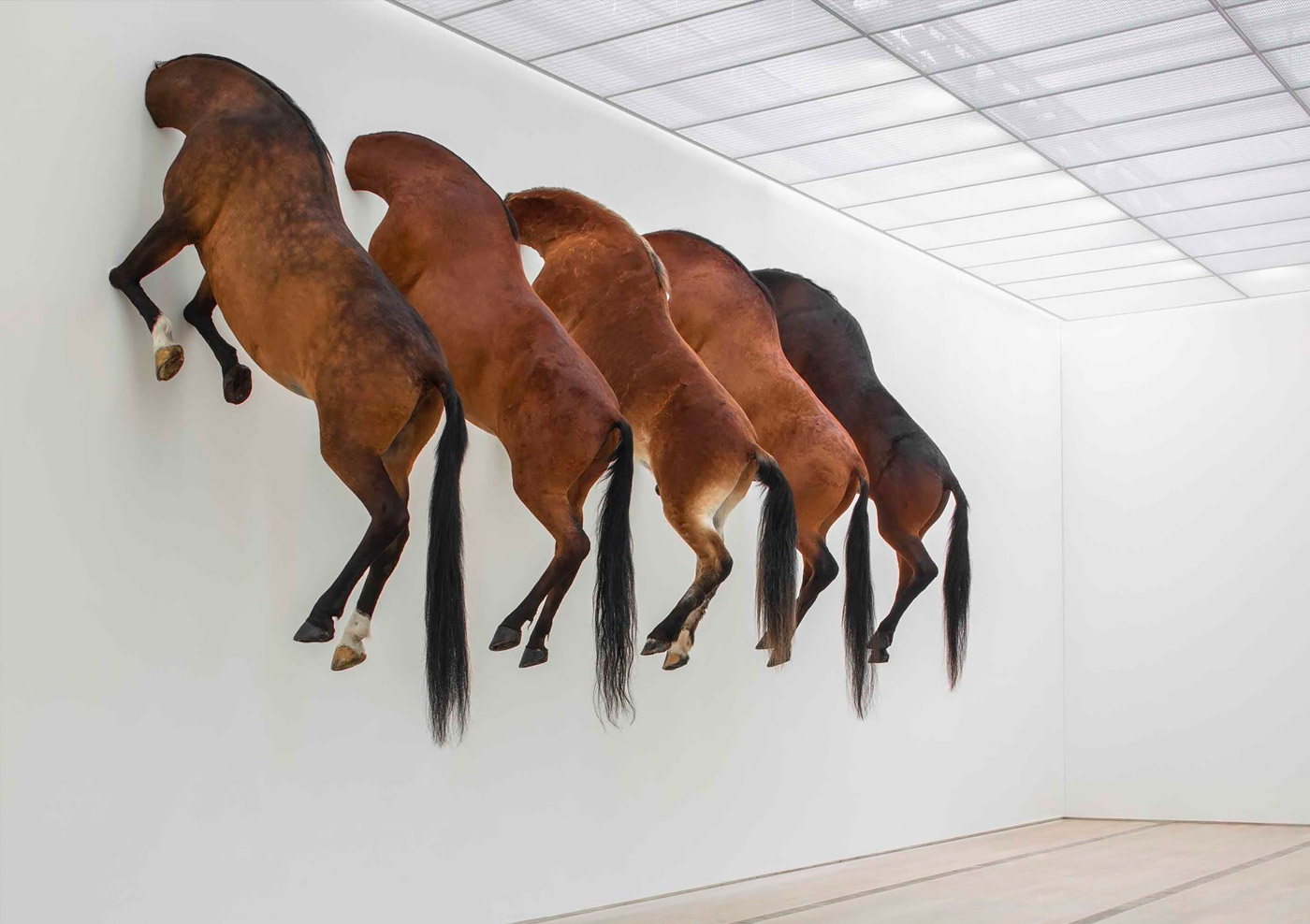
Maurizio Cattelan

Perrotin Galerie, Maurizio Cattelan "Comedian", Art Basel Miami Beach, 2019 Image courtesy of: Jessica Klingelfuss
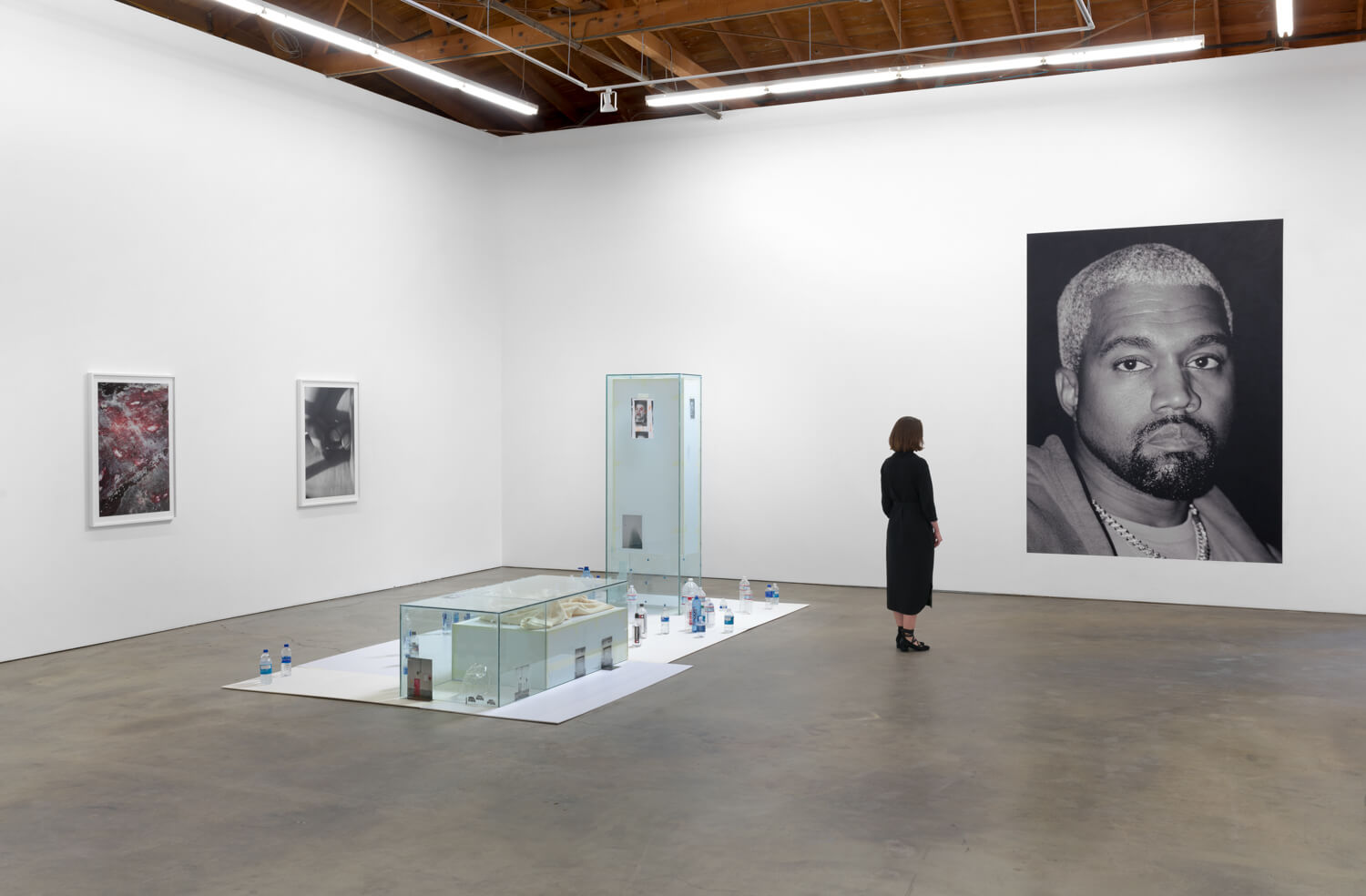
François Ghebaly Gallery
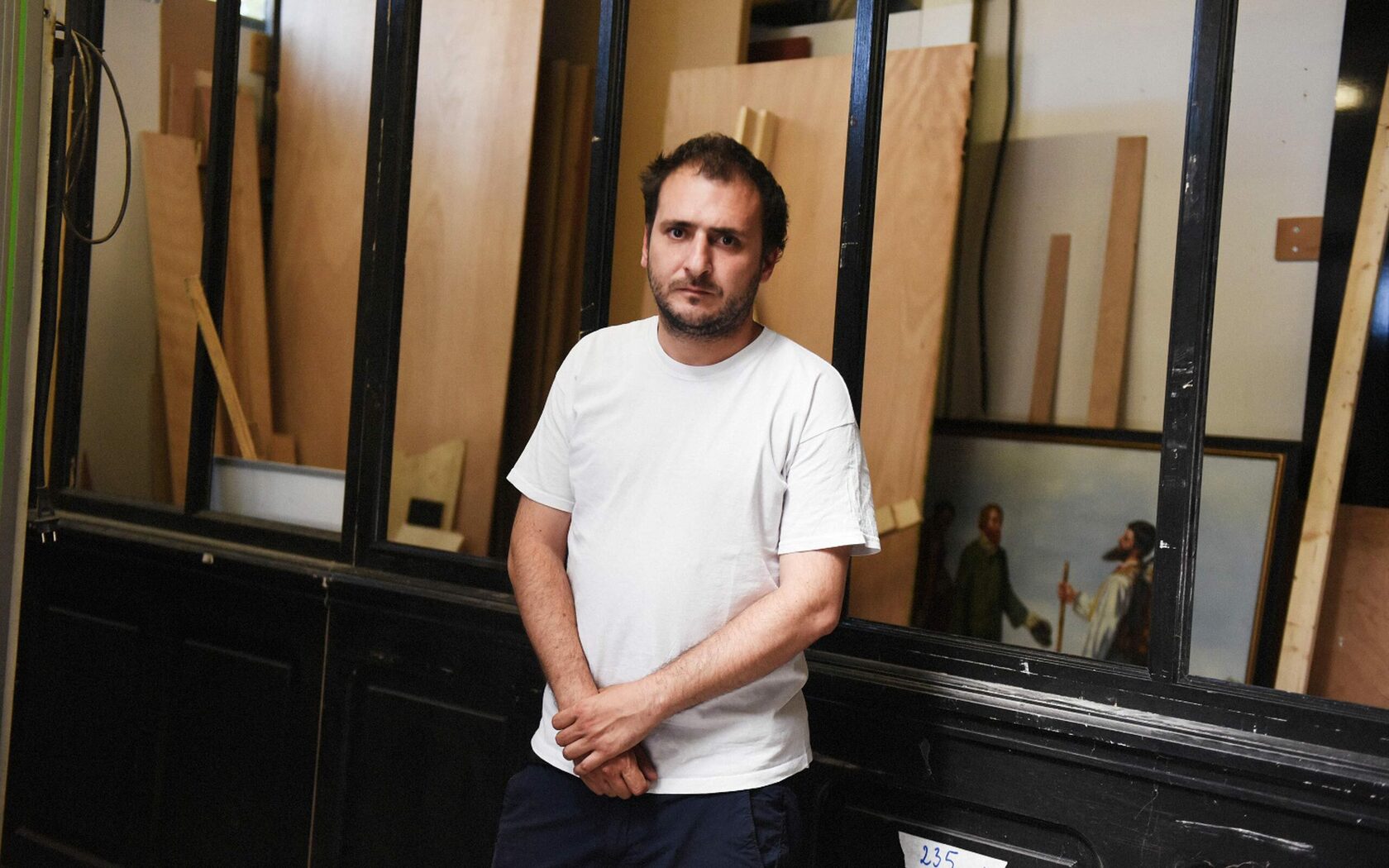
Neil Beloufa

François Ghebaly Gallery, Nova Sector, Neil Beloufa The Moral of the Story, 2019 Image courtesy of: Art Basel
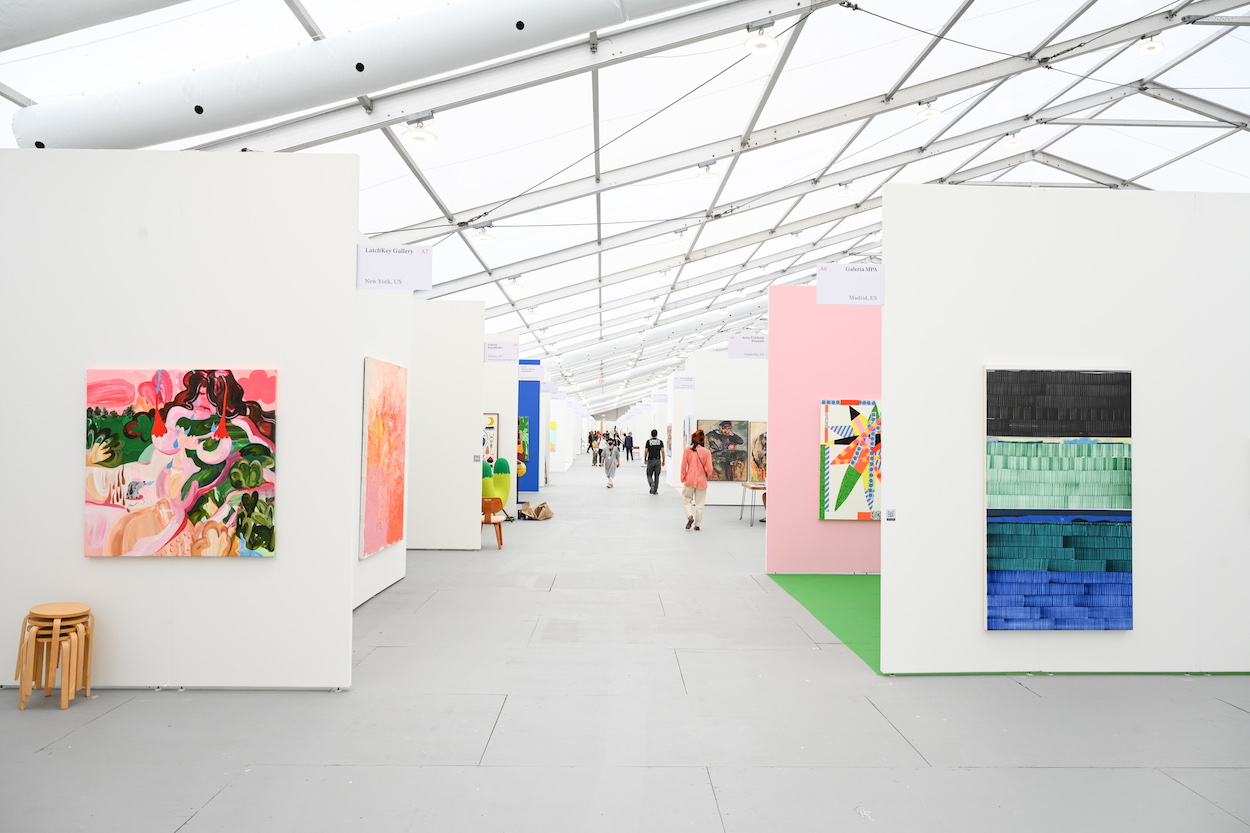
Untitled Art Miami Beach
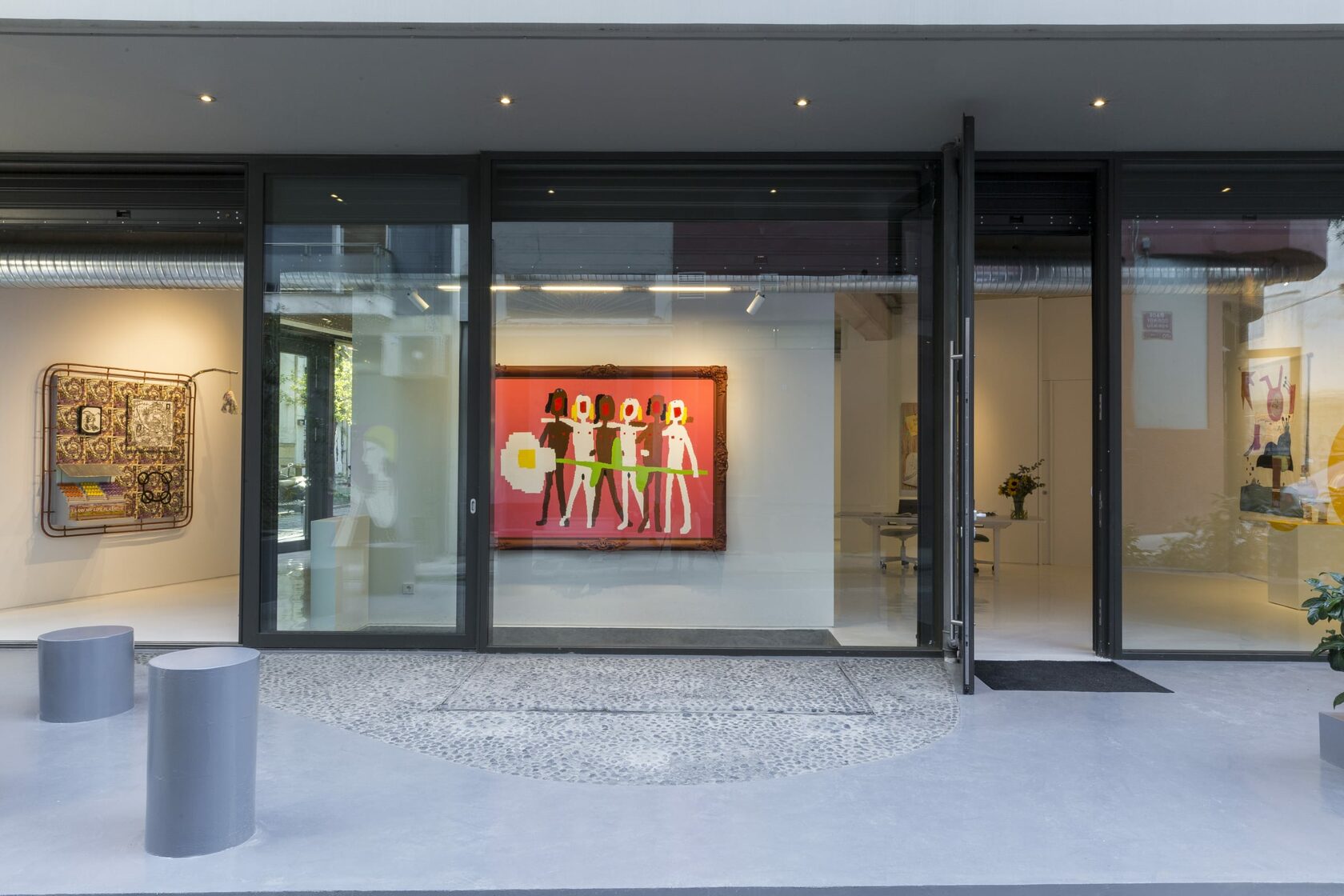
Dio Horia
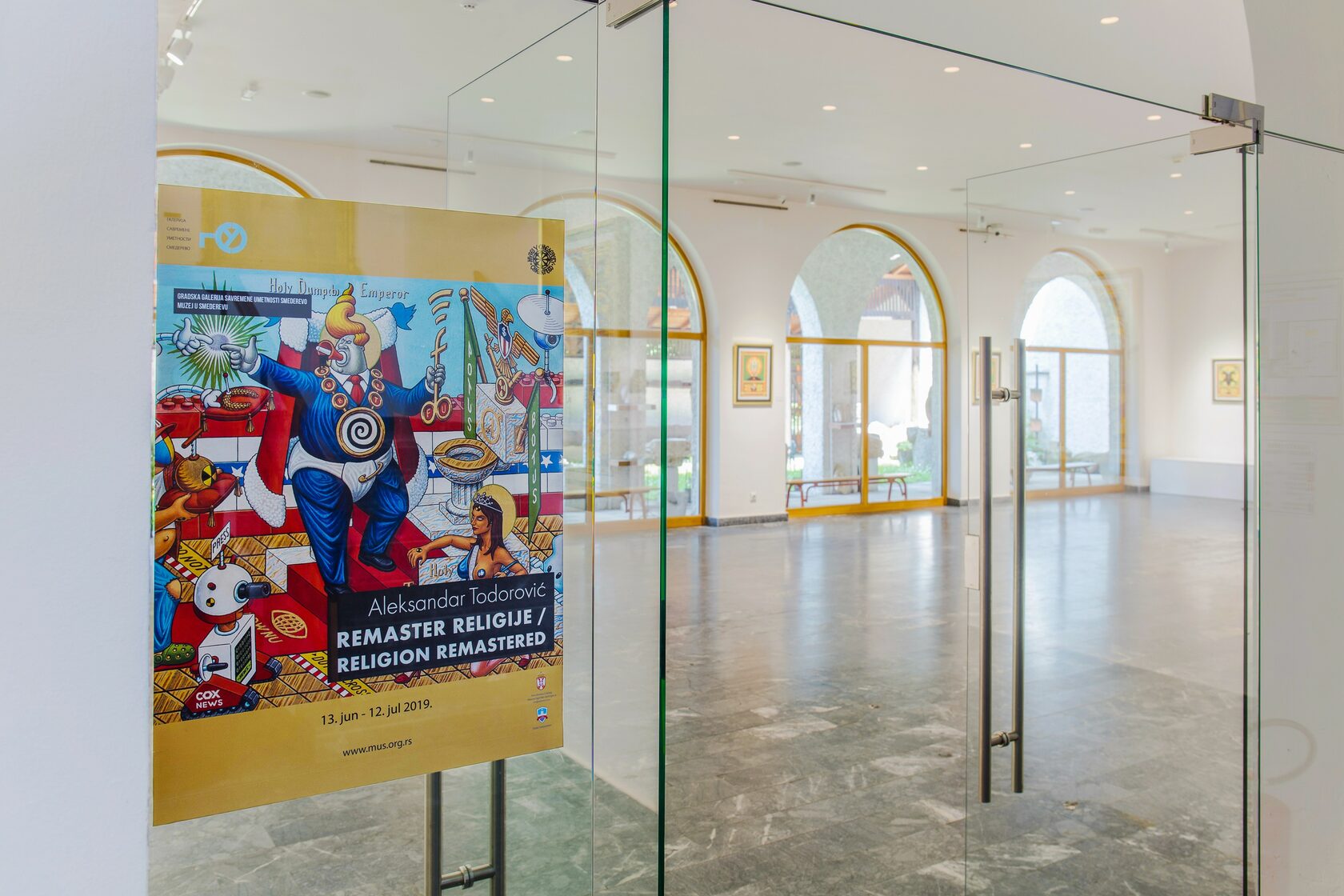
Religion Remastered

Aleksandar Todorovic Image courtesy of: Marijana Jankovic
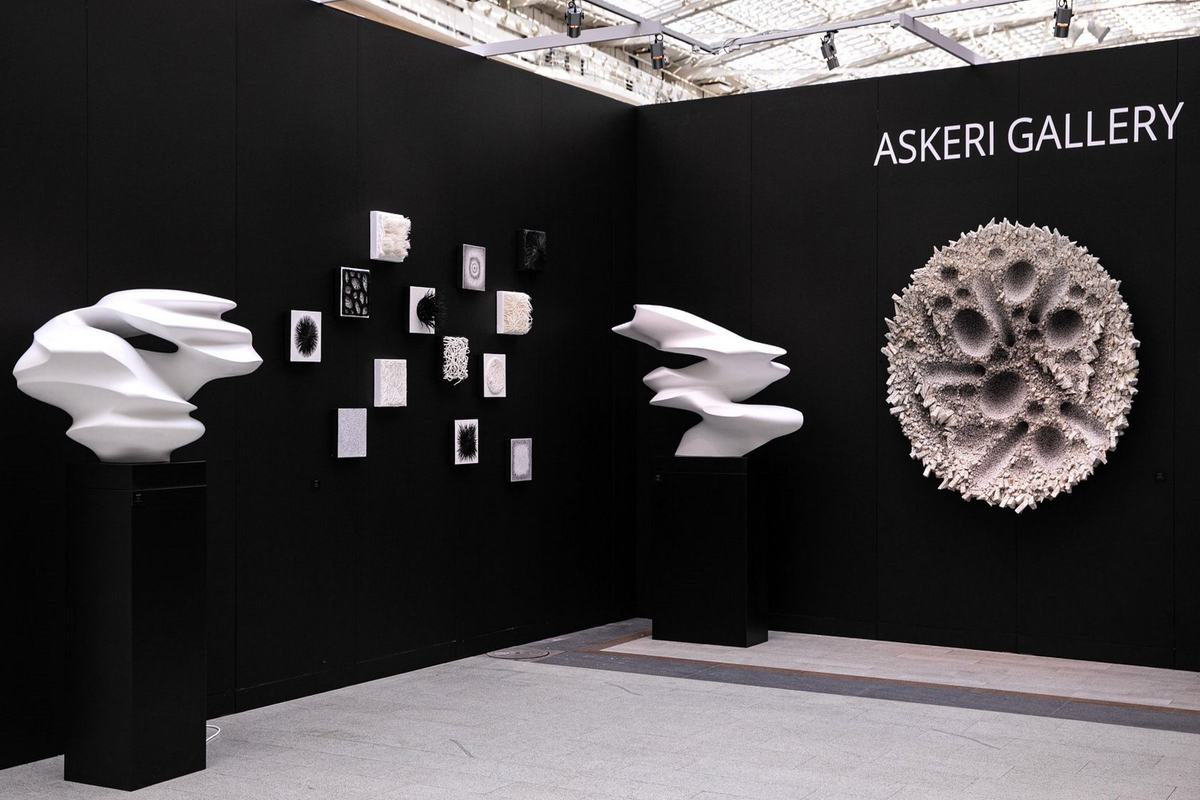
Askeri Gallery
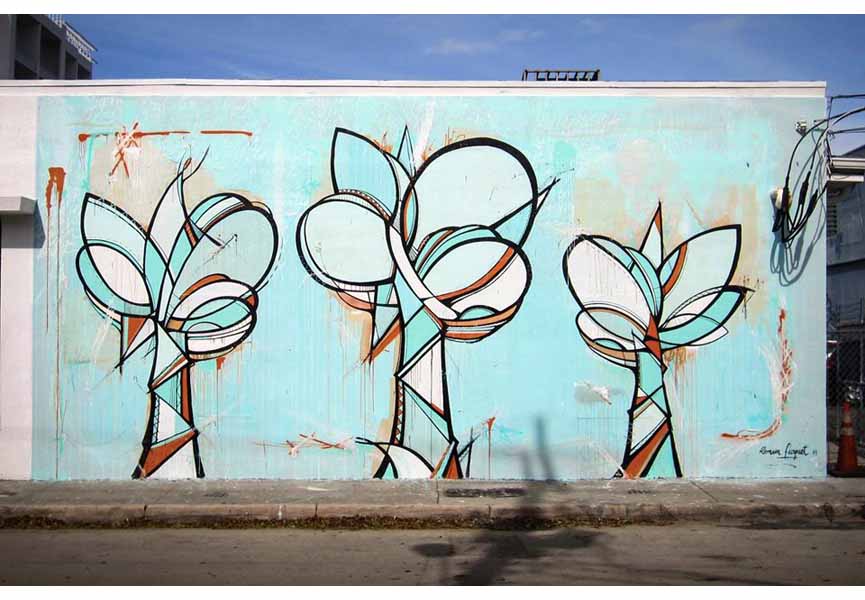
Romain Froquet
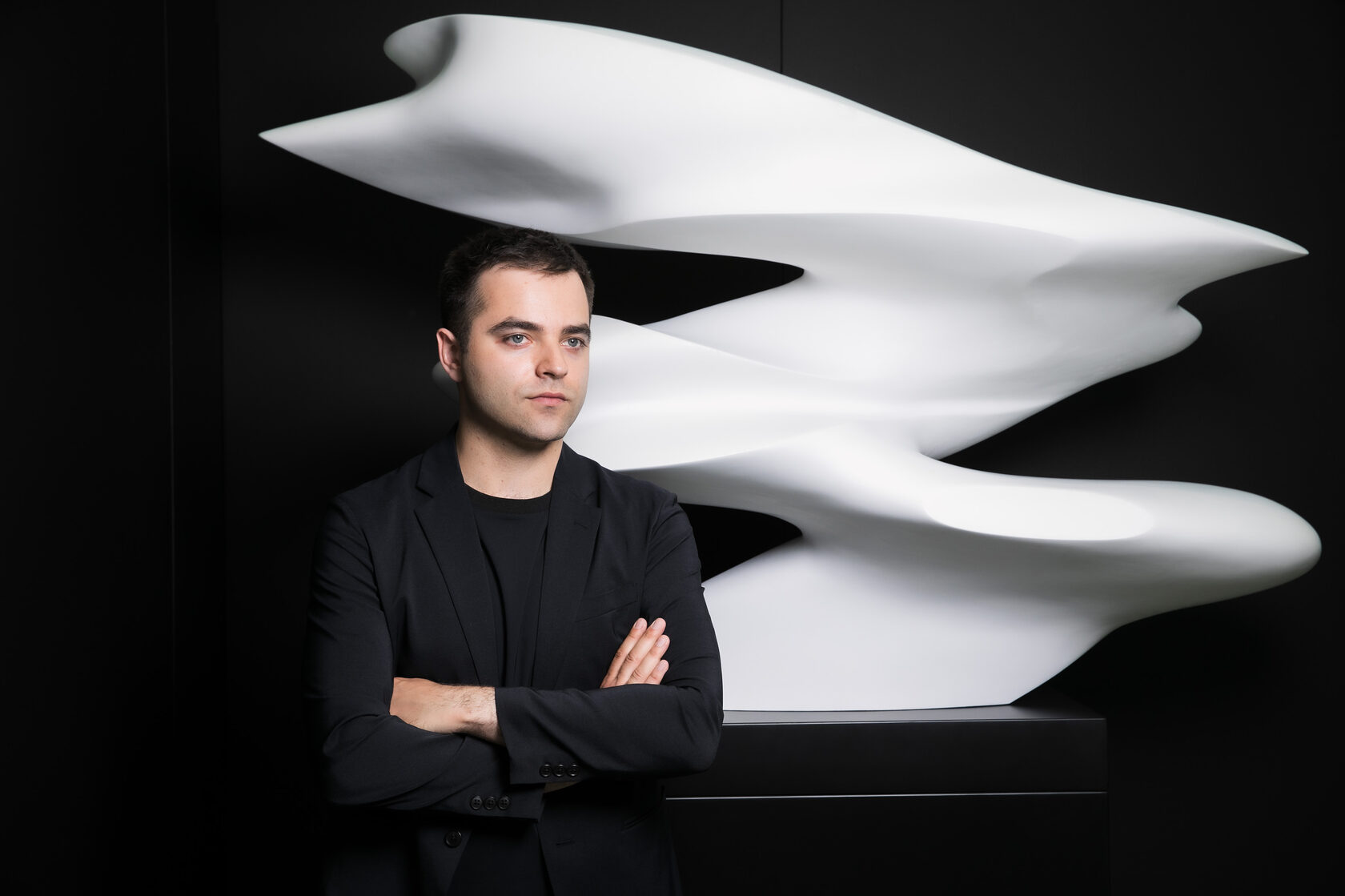
Daniel Zakh
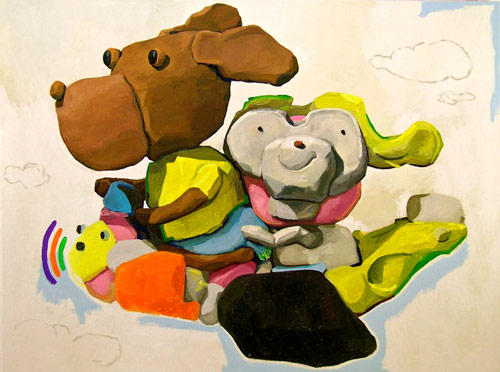
Peter Opheim

Askeri Gallery Scope Miami Beach 2019, Romain Froquet, Rational Culture (2019), Daniel Zakh, Inflow I and Inflow III (2019), Peter Opheim, Oppenheim Sunday, Brother and Mother (2019). Image courtesy of: press office Polina Askeri Belotcerkovskaya – FprBuro Communication Agency
The abstract sculptures Inflow I and Inflow III (2019) by Daniel Zach are far from standard forms. Designed through algorithmic shaping, his works of art are fascinating, simulating the influence of force onto matter. Surprisingly, the massive elements do not overwhelm the viewer, but on the contrary, have a life-giving and energy-enriching effect.
The unusual portraits of Peter Ophiem portray the fictional characters of Oppenheim Sunday, Brother and Mother (2019). Like a childish imagination constructed out of plasticine, his works illustrate a world of adolescent dreams, fears, and fantasies, an unusual and provocative style for a man with over 60-years of experience. Through Opheim’s paintings comes the opportunity to peer back in time and feel what it’s like to be a child once again.

Askeri Gallery Scope Miami Beach 2019, Romain Froquet, Rational Culture (2019), Daniel Zakh, Inflow I and Inflow III (2019), Peter Opheim, Oppenheim Sunday, Brother and Mother (2019). Image courtesy of: press office Polina Askeri Belotcerkovskaya – FprBuro Communication Agency
"I knew I was a three-dimensional person. This work is a study. Hence, I didn't expect perfection. When you do this kind of work, you don't have to think about anything," says Molly.
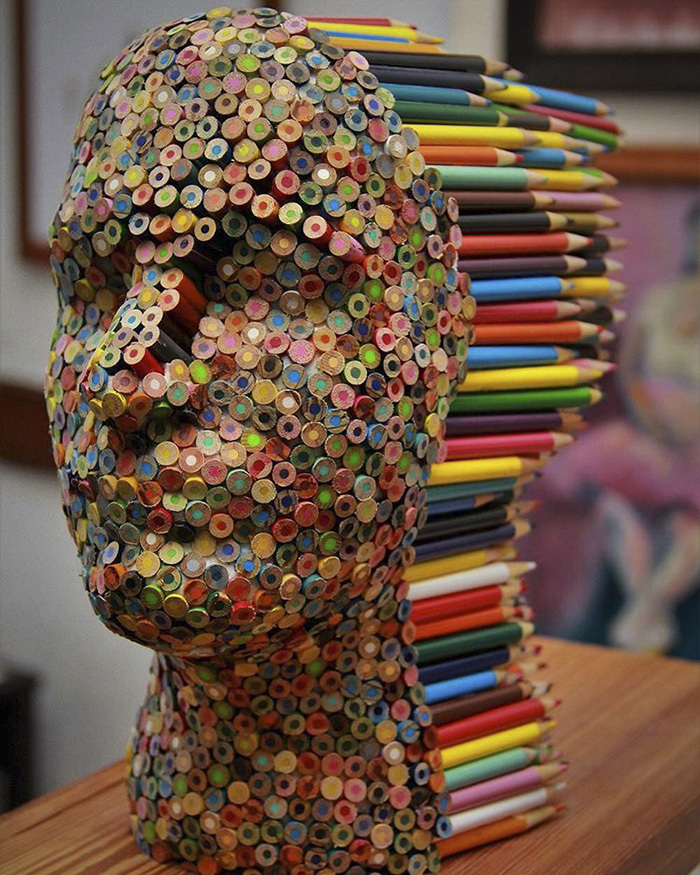
Molly Gambardella

Gallery Labs

Gallery Labs, Molly Gambardella, Lichen 45 Image courtesy of: Gallery Labs
Designer Fernando Laposse in collaboration with textile designer Angela Dammann, presented the Pink Beasts (2019) installation at Design Miami. Fernando and Angela, turning to traditionally used materials before the invention of plastic, enacted a a kind of retrospective reference to the past.
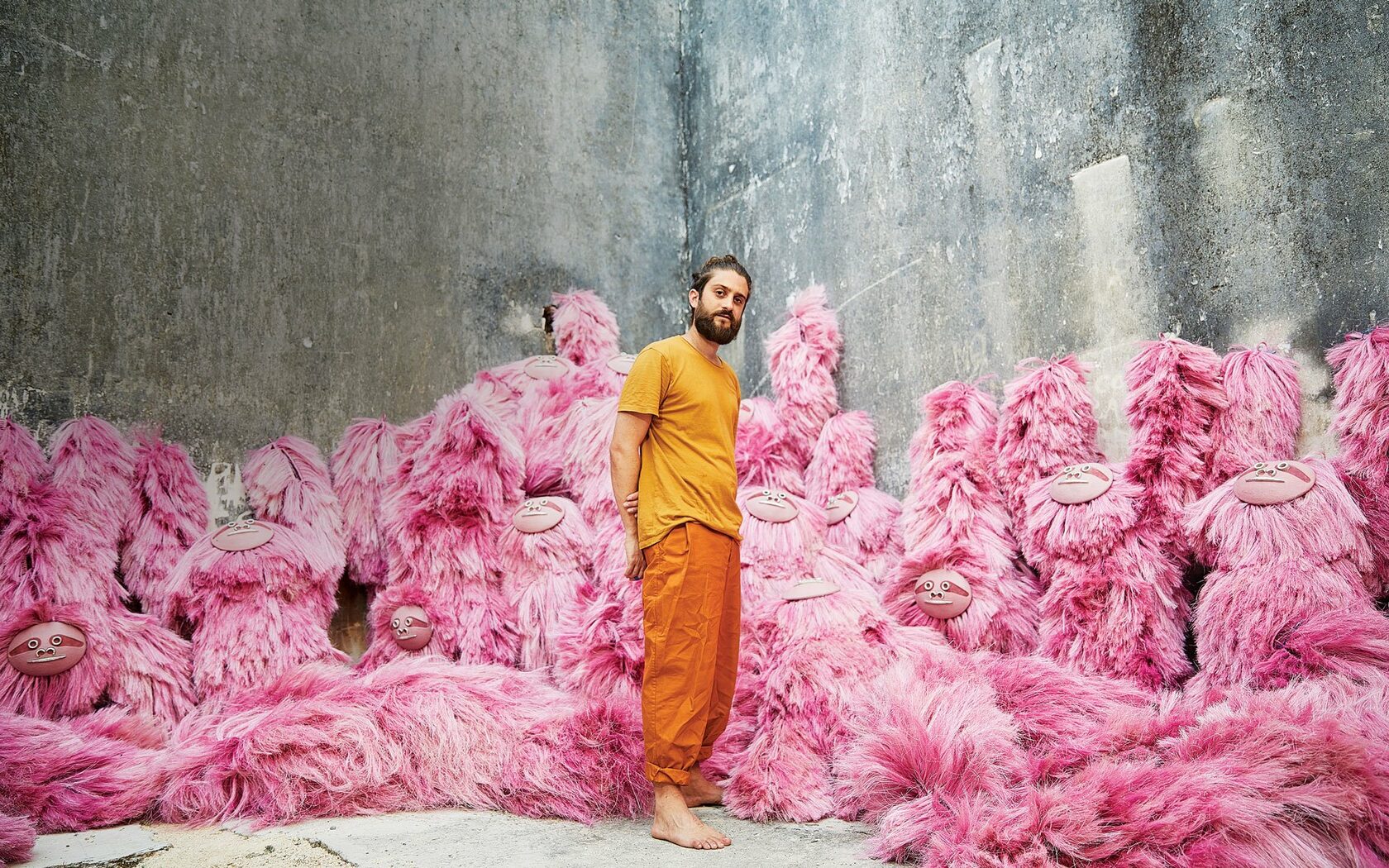
Fernando Laposse
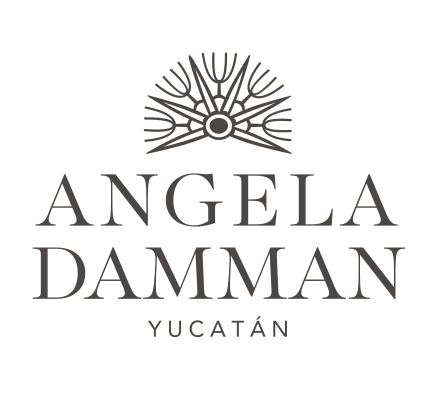
Angela Dammann
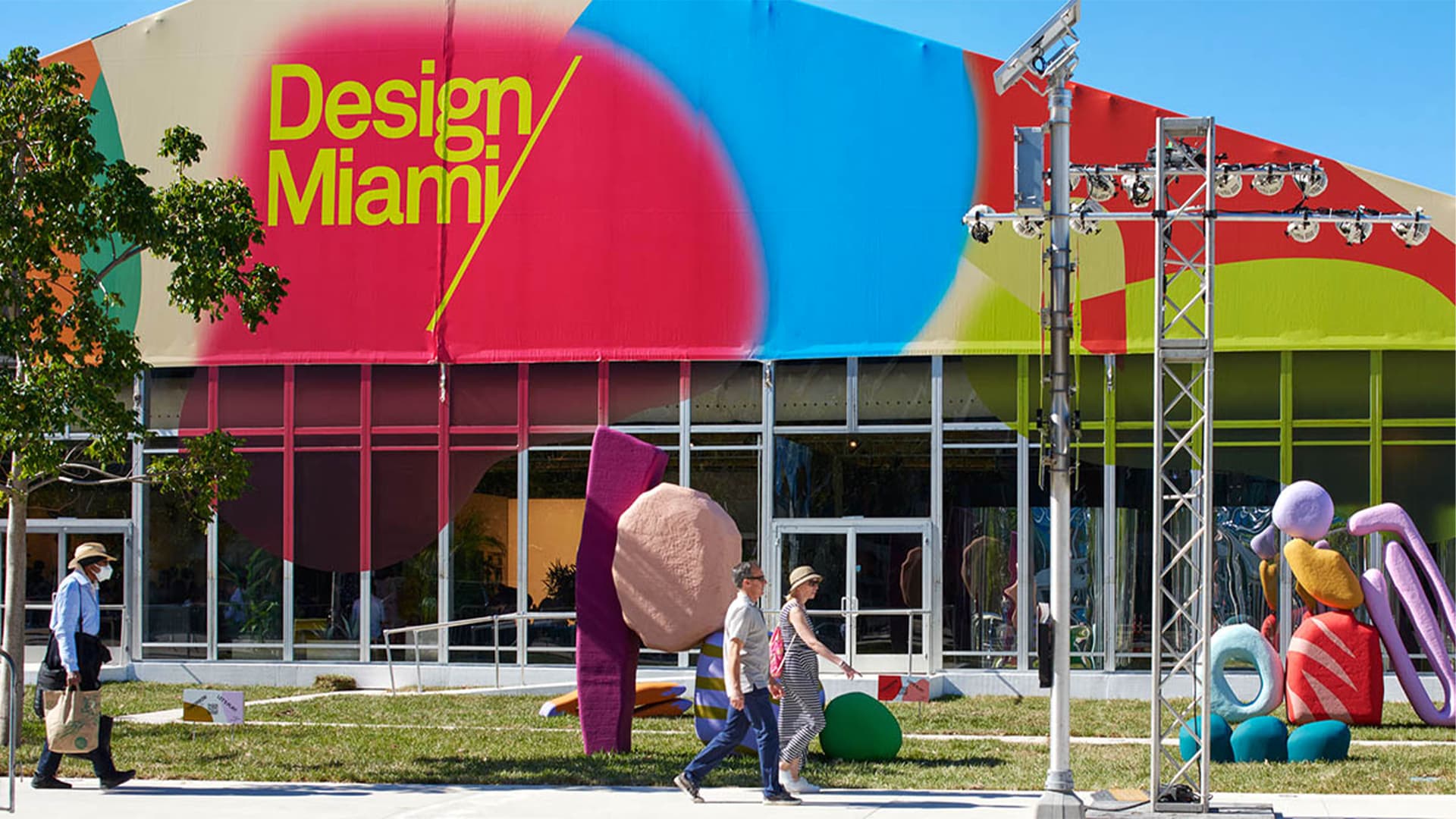
Design Miami

Fernando Laposse Angela Dammann the Pink Beasts (2019) installation at Design Miami Image courtesy of: Frame

Fernando Laposse Angela Dammann the Pink Beasts (2019) installation at Design Miami Image courtesy of: Karen LeBlanc
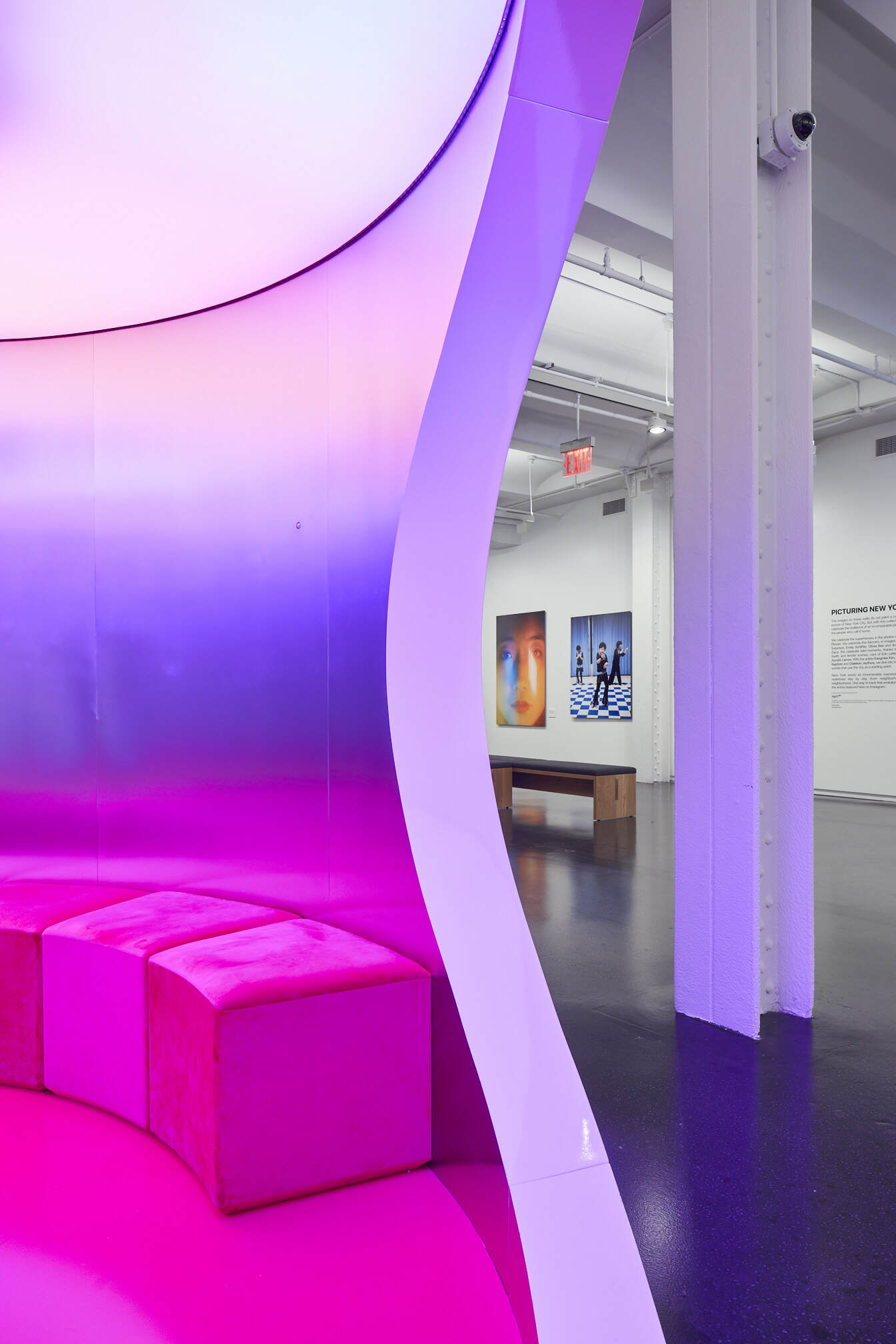
Crosby studios

Balenciaga Sofa Harry Nuriev, Crosby Studios Image courtesy of: Balenciaga And Crosby Studios
During the Art Basel Miami period, the southeastern part of Florida turns into the confluence of representatives from different clusters, forming the "Mecca of Art". Such a gathering certainly encourages the mastodon developers of the hotel business to attract the attention of potential clients like those arriving by private jet from around the world. To quench their desire for new works, young, rare, and seasoned authors are displayed to acquire such sought-after contacts. This tradition of garnering attention has been successfully executed by strategic-thinking hoteliers and PR departments, creating unique events during the Art Basel Miami period. One of the most striking examples is the independent art festival presented by Faena Art. As a non-profit organization, Faena demonstrates innovation by implementing exciting and creative practices that attract connoisseurs of luxury services into the scope of newfound talent, providing development opportunities. The founder and president of Faena Group, Alan Faena, set high standards for this mission. Together, with his partner of Ukrainian origin, American and British industrialist, entrepreneur and philanthropist Leonard Blavatnik, the pair combines the fields of design, architecture, fashion and art, located in the territory of the unique spaces Faena, Faena Casa, Faena Bazaar, Faena Forum - a building designed by Rem Koolhaas and his studio OMA.

Faena
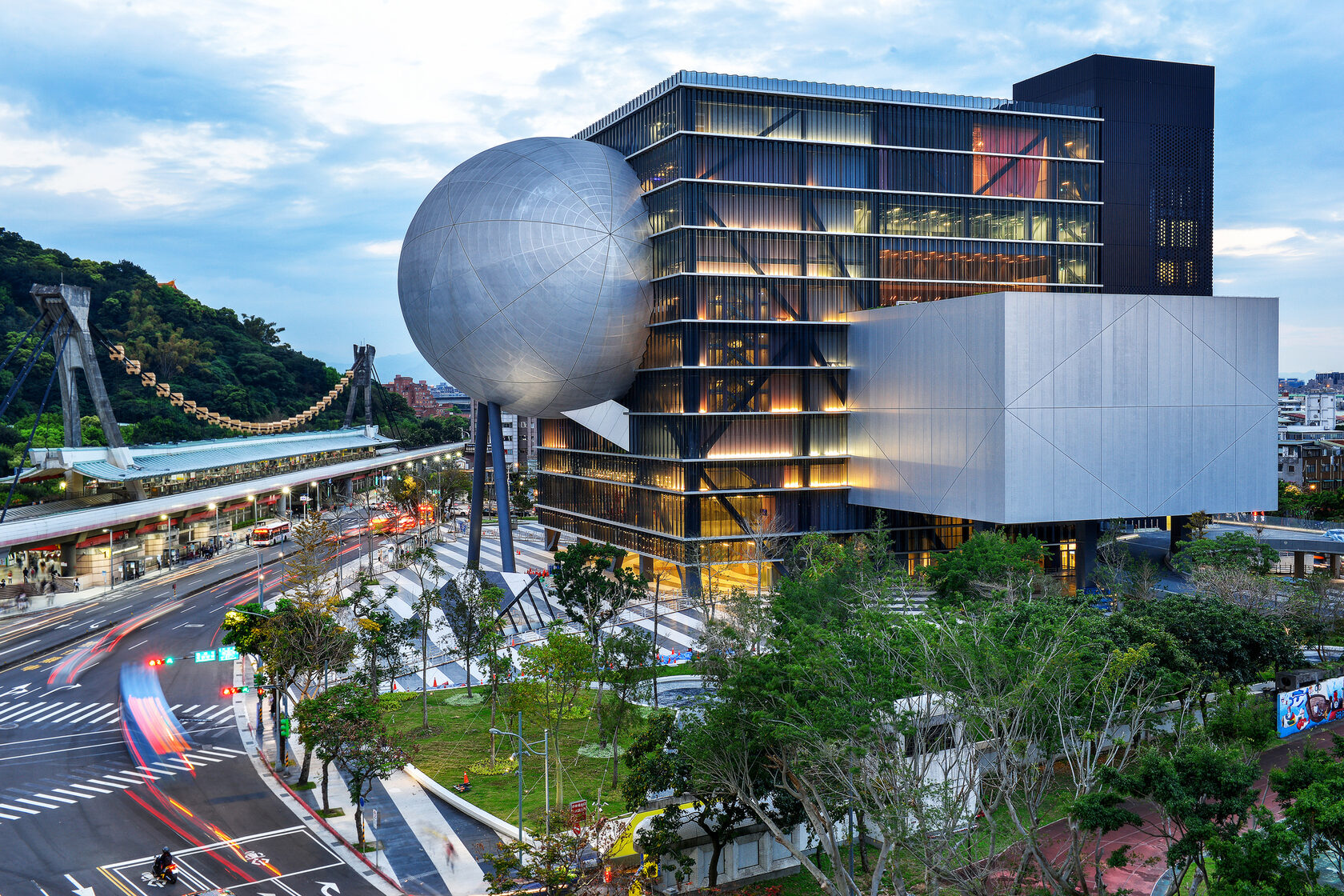
OMA

Alan Faena Image courtesy of: Forbes, RAFA OLARRA

Lobby of The Faena hotel, murals by Juan Gatti Image courtesy of: Faena

Damien Hirst

Gone but not Forgotten (2014), Damien Hirst, Faena Image courtesy of: Faena
During the second annual art festival: “The Last Supper,” on the sands of the South Beach coast, the modern Chinese artist Zhang Huan presented the installation Miami Buddha, to the public, consisting of two sculptures of Buddhas located opposite each other. One is formed of aluminum, while the other is made of compressed incense ash cultivated from Buddhist temples. His work embodies the idea of the cyclicity of everything in life, and the sculptures themselves, taken separately, are the embodiment of eternity and the transience of time. Attentive viewers could notice a swastika on the chest of the metal Buddha, which, contrary to the negative association with the Nazi movement in of the twentieth century, is an ancient symbol widely used in China, Tibet and India. The true meaning of the swastika promises good luck, prosperity, abundance, and eternity.

Miami Buddha, Zhang Huan, Faena Beach Image courtesy of: Faena
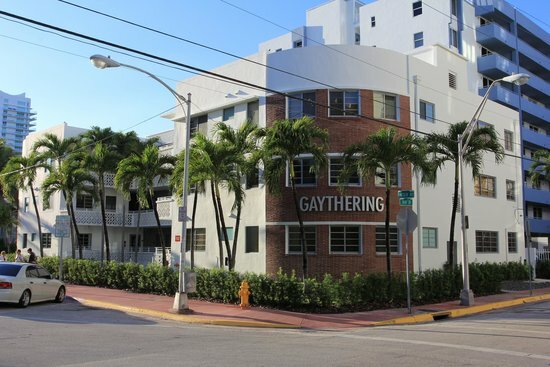
Hôtel Gaythering

Hôtel Gaythering Image courtesy of: Adam Dupuis
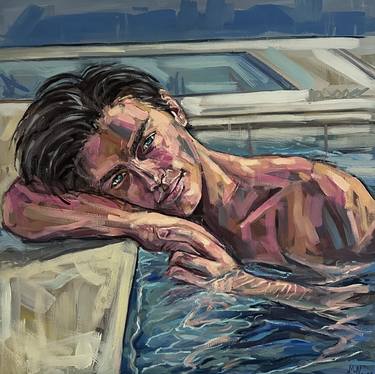
Manual Nanouri

Condom male portrait artwork, Collage (2019), Manual Nanouris Image courtesy of: Artfinder
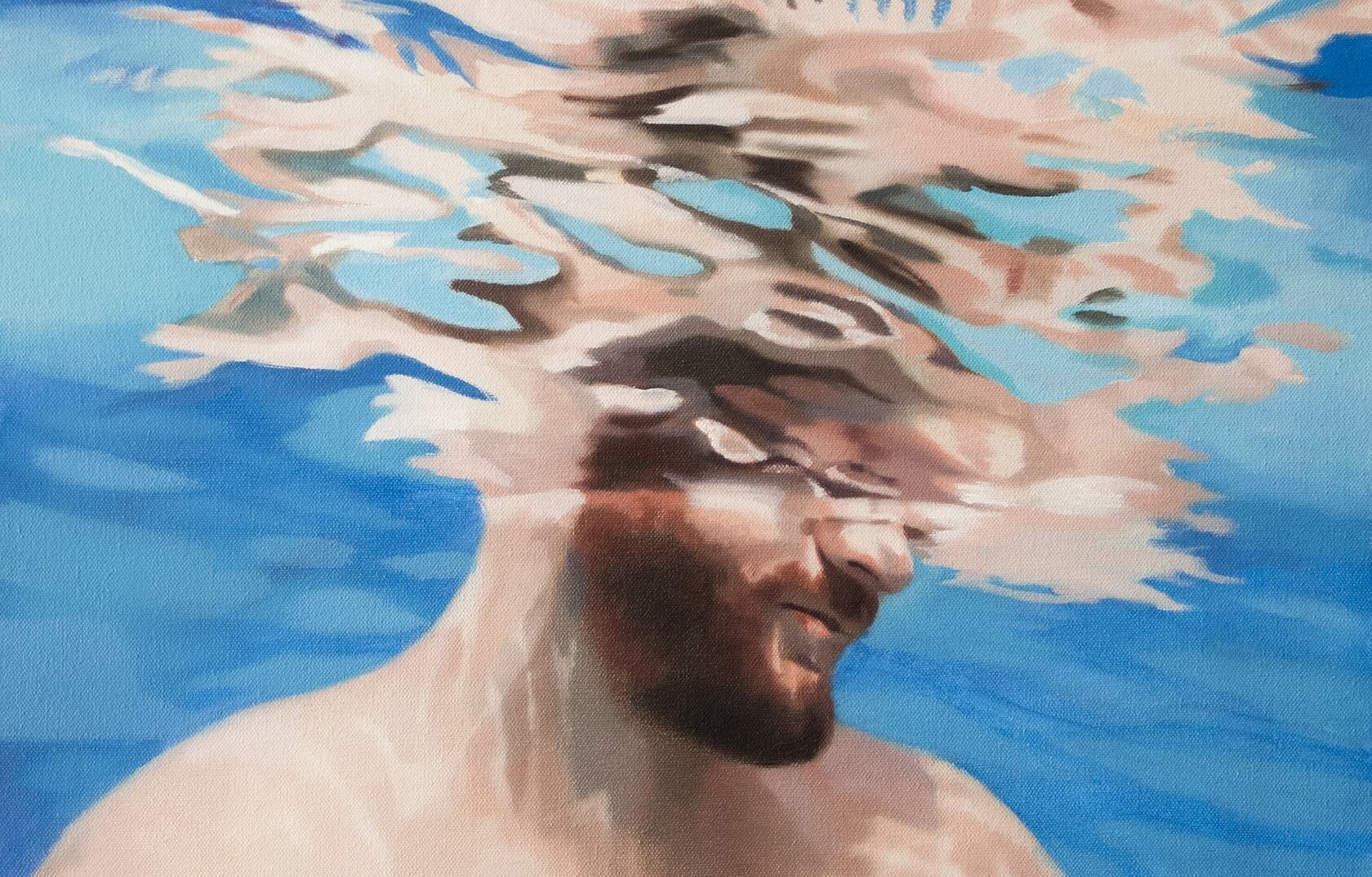
Juan Carlos Puerto
The Triton Devotion

Juan Carlos Puerto, The Triton Devotion III Image courtesy of: Juan Carlos Puerto
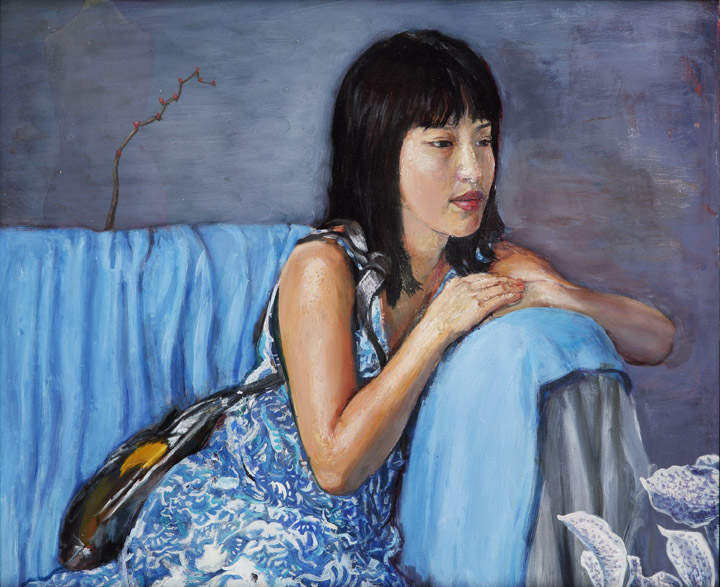
Serge Strosberg

David Mandel

Cher (2018), StrosbergMandel Image courtesy of: 1stDibs
Each year the scope of the fair increases, covering a large variety of modern subjects, including those in the latent phase. Through symbiotic examples, collectors, museum directors, biennale curators, artists, art historians, architects, and all those whose art sparks the desire to explore the importance of life and the questions of humanity can, like under a microscope, review the current world through an artistic lens. All this is why Art Basel Miami has an impressive past and sets itself for a prosperous future.



